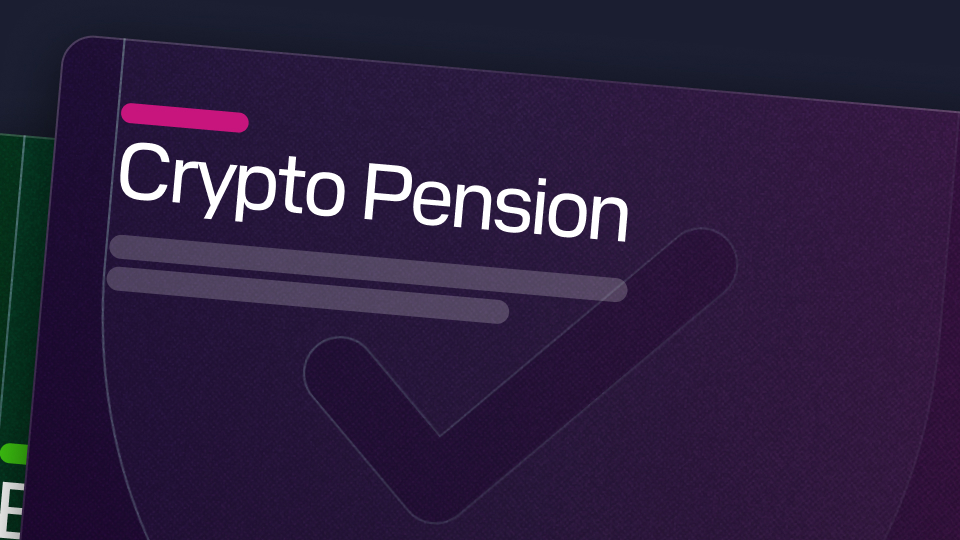Every investor dreams of timing the market perfectly — buying the bottom, selling the top, and exiting right before a crash.
But here’s the uncomfortable truth: you will never sell at the top.
And that’s not a failure — it’s design.
In this post, we’ll explore why chasing the “perfect exit” is mathematically impossible, emotionally destructive, and what you should do instead.
By the end, you’ll understand how to replace guesswork with structure — and how to calculate exactly how many exits are right for you using the Risk, Personality & Stress Test Tool.
Everyone believes they’ll see it coming — the euphoric spike, the candle that breaks all-time highs, the perfect moment to sell everything.
But market tops are only visible in hindsight.
When you’re in the middle of the run-up, greed and optimism cloud judgment.
The data looks strong. The influencers are bullish. Your emotions say, “maybe just one more wave.”
By the time it’s obvious that the top has formed, prices have already started to fall.
That’s because markets move in fractals — mini peaks inside bigger peaks, patterns that look similar at every scale.
Trying to sell at “the top” is like trying to catch the exact second a wave crests — you’ll always be a few moments too early or too late.
So instead of trying to be perfect, design a system that rewards consistency.
Chasing the top is more than a logical error — it’s an emotional trap.
It creates something I call “Profit Anxiety” — the stress that comes from needing to be right rather than needing to be disciplined.
When prices rise, you feel fear of missing out (FOMO).
When they fall, you feel fear of being wrong.
You oscillate between greed and regret — constantly calculating what you could have made or should have done.
That’s why perfectionism doesn’t just hurt your portfolio — it hurts your peace of mind.
And peace of mind is one of the most valuable assets you’ll ever own.
The investors who win over time don’t time the top — they design their exits in advance.
They use a ladder — a sequence of planned take-profit levels that capture value as the market climbs.
This approach doesn’t require prediction, only preparation.
Instead of waiting for “the perfect price,” you predefine a range of prices — and automate your decisions.
It turns chaos into choreography.
You can build your ladder by combining three types of triggers:
Trigger TypeDefinitionExamplePrice-BasedSell when a specific price is reachedSell 10% every $0.50 increaseTime-BasedSell periodically at set intervalsSell 10% each month during the runEvent-BasedSell after key eventsSell 20% after ETF approval or network milestone
These three trigger types remove emotion from your decision-making.
They turn your plan from a guess into a system.
Every investor is different.
Some thrive under pressure. Others prefer slow, steady execution.
That’s why before you build your ladder, you need to know your risk tolerance, stress response, and personality type.
Your psychological profile determines:
That’s exactly what the Risk, Personality & Stress Test Tool calculates for you.
The tool helps you discover your Investor DNA.
You’ll answer a few questions designed to measure your:
Based on your responses, you’ll receive:
From there, you can plug your results into the Take-Profit Ladder Tool to design your plan visually.
👉 Try the Risk, Personality & Stress Test Tool →
You’ll never sell perfectly — but you can sell strategically.
The goal isn’t to hit the top; it’s to walk away with profits that align with your psychology, not your emotions.
Perfection is impossible.
But structure — structure is repeatable.
And when you design your exits around who you are, not what the market does, you’ll finally stop chasing the top — and start mastering the game.


